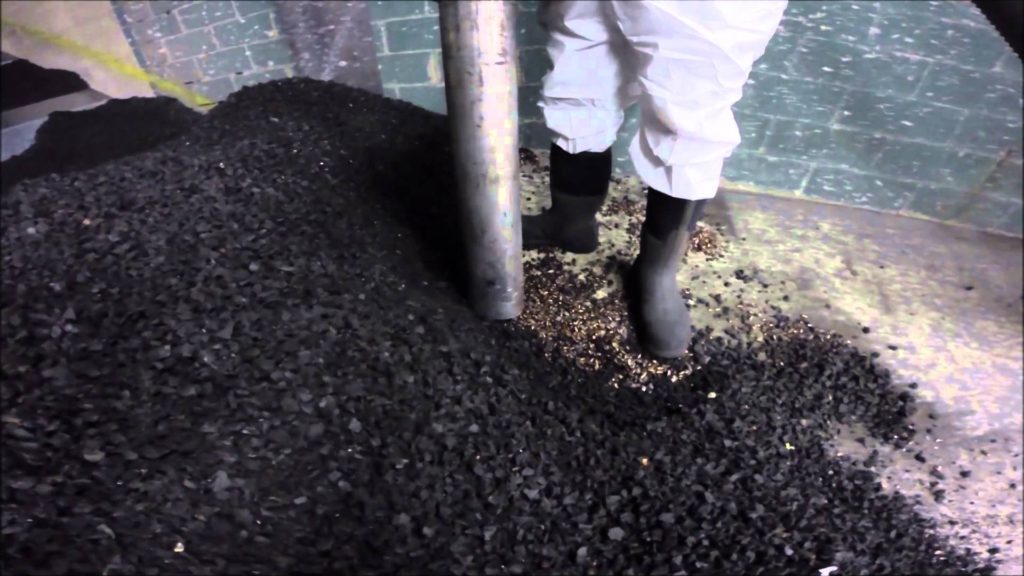Keep records:
1. Retain range and bullet trap specifications from manufacturer.
2. Keep track of how many rounds you are shooting monthly/quarterly/yearly.
3. Keep a list of key contacts for all range services.
4. Have a list of the EXACT make, model, size and quantity of ventilation filters.
5. Keep a record of when each set of filters were last changed.
6. Check and record the air handling gage (magnehelic) readings monthly or do a visual inspection of each set of filters monthly. If filters are loaded up with lead dust they will need proper replacement.
7. Keep all documentation provided by range cleaning services (dates, hazardous waste manifests, air sampling, personnel training, work completed, etc.)
Maintenance and work practices on the Range, bullet trap and ventilation unit that can be done daily or weekly by your staff with minimal PPE (Personal Protective Equipment):
MAINTENANCE
1. Visually Inspect bullet trap weekly per manufacturers specifications.
2. Using a HEPA vacuum around the firing line and ready area can help reduce hazardous levels of lead dust around your shooters (use a lead rated respirator, tyvek suits and booties). Never use brooms in the range.
3. Use a squeegee and dust pan to collect brass.
4. Install and change tacky mats at the range entrance as well as one entry point at the firing line if you need access down range for tactical training or simple maintenance (ie. Light bulb changing).
5. Have a Hazardous waste UNDOT drum on site to collect any lead contaminated waste, vacuum bags, PPE etc.
6. Keep ventilation unit on while in range for any maintenance, cleaning or shooting.
PRACTICES
1. Wash hands when done using the range.
2. No smoking or eating in the range, control room or ready area.
3. Post signs at the range entrance for: Hand washing, No Smoking or Eating.
4. If your range floor has a drain DO NOT USE IT! Any water or cleaning fluid leaving the range must be considered lead contaminated and disposed of properly.
Work that should be done professionally in accordance with Federal/State OSHA 1910.1025. This work requires specific training, biological monitoring and specialized supplies including PPE such as respirators, tyvek suits as well as air sampling equipment, wash station or portable shower system:
1. Annual Professional Bullet trap inspection for wear or damage per manufacturers specifications.
2. Removal of spent projectiles from the bullet trap system.
3. Cleaning of all horizontal and vertical surfaces in the range including ceiling baffles, targetry system, walls and range floor to remove lead or other heavy metal dust build up.
4. Filter changes in the ventilation system. Any time a filter is disturbed in the ventilation system, you have exceeded the PEL (permissible exposure limit). The filters are contaminated hazardous waste and must be packaged and disposed of properly in an EPA approved land fill.
5. Packaging used filters, PPE and hazardous waste for disposal.
6. Repair or rebuilding of bullet trap or work on any surface where significant lead or heavy metal contamination has occurred.

